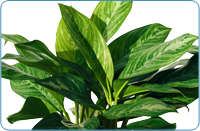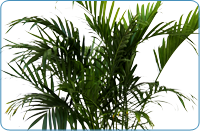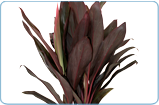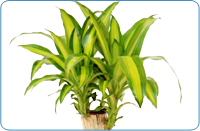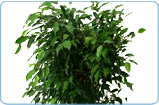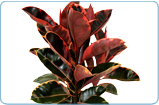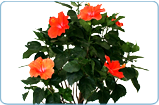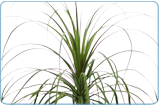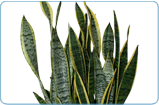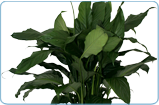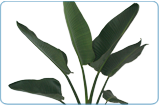Light
Place your Philodendron Hope in an area of your home where it can receive high amounts of indirect light. The more light it receives the larger the plants leaves and slits will be which adds to the beauty of the plant. Place the plant near an east or south facing window.
Placement
Office, Diningroom, Bedroom
Water Habits
Keep the soil of your Philodendron moist, but not to over water it. Water the plant when you have noticed the soil has dried out on the top, but make sure to not over water to the point where the soil cannot absorb the water.
Temperature
Ideal Temperature for Philodendron: 75-80°F (24-27°C) Min: 40°F (4°C)
Toxins Removed
Xylene/Toluene
Did You Know ?
Philodendron Hope can mainly be found in the humid tropical forests of the Americas and the islands of the West Indies. They have also been introduced to Australia and the Pacific islands. In South America the Trigona Bees use the resin from the flowering process to create their hive and in turn the Native Indians used the hives to make their blow guns air tight.






